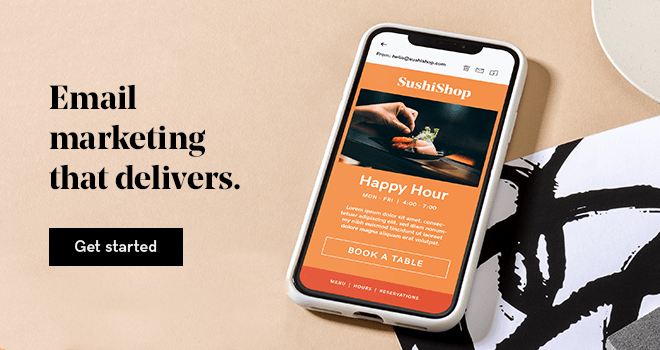Think about the last time you got together with your family. There was probably a pretty clear difference in the way family members of various age groups used technology, right? Even if you all spent quite a bit of that priceless family time staring down at your respective phones, grandma probably wasn’t the one glued to TikTok and it’s doubtful your teenaged nephew was loading up longform articles in The New York Times. These generational differences have profound implications for how brands utilize different digital marketing channels, including email.
Understanding these variations is important for eCommerce email marketers in particular because email is a channel that’s heavily used across all generations. That makes age-based segmentation key: Effective engagement may depend on dividing your customers into generational buckets and then catering to their specific behaviors.
However, nailing down exactly how email habits vary among age groups can be tricky. Often marketers encounter clichés—younger people don’t use email, older people don’t use smartphones—that simply aren’t true. (In fact, all generations say email is essential to their lives and more than 70 percent of Baby Boomers have a smartphone.)
So, how does email behavior actually differ among generations? Below are research-based insights on the email habits of four generations—Gen Z, Millennials, Gen X, and Baby Boomers—as well as recommendations for how eCommerce email marketers can cater to each age group effectively.
Email marketing to Gen Z
The generation
In this piece we’re going to use the Pew Research Center’s generational definitions, which classify members of Gen Z as individuals born after 1997 (age 23 and younger). This is a generation of true digital natives, and many are in the early stages of adulthood—often still in school or just starting out in their careers. However, over the next decade, it is Gen Z that will dictate trends.
Key behaviors
Not surprisingly, mobile devices are essential to Gen Z: More than two-thirds (67 percent) primarily use a smartphone to check email.
Another important thing to note about these younger consumers is that they don’t have the burden of many years (or decades) of marketing email subscriptions to sort through. Moreover, quite a few aren’t getting work emails. This means Gen Z tends to receive far fewer total emails compared with other generations (37 percent receive fewer than five emails per day, on average, and the majority receive fewer than 20).
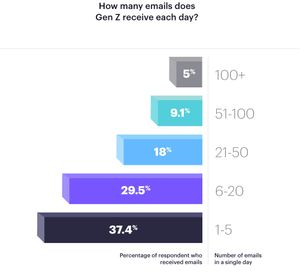
Effective email tactics
- Because members of Gen Z receive fewer emails, they tend to be open to a higher frequency: More than half say they prefer to receive emails from brands daily or a couple times a week.
- Gen Z grew up with social media. This means its members find nothing strange about encountering social-style content, like user-generated images or influencer marketing, in email campaigns—in fact, it’s often expected.
- Mobile optimization is essential when trying to reach Gen Z; 85 percent say a good mobile experience is crucial if they’re going to make a purchase. This campaign from YETI is a good example of a smartphone-first approach: It relies on big imagery and a clean design, both of which are ideal for small screens.
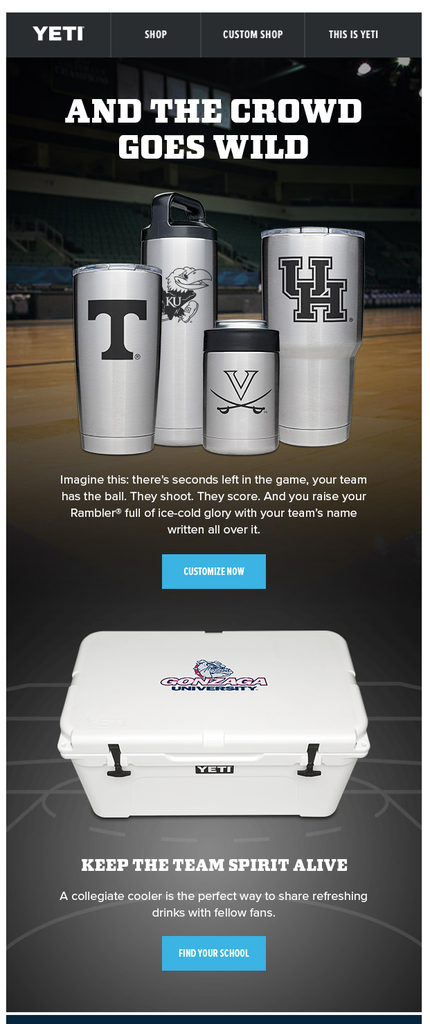
Email marketing to millennials
The generation
Millennials are currently the largest adult generation, with more than 73 million Millennials in the U.S. Its members span from age 24 to 38, meaning they’re in a wide-range of different life stages, from early career and just out of school to mid-career and parents.
Key behaviors
As with members of Gen Z, Millennials are digital natives and mobile-first: 59 percent say they primarily use a smartphone to check email.
However, unlike their Gen Z brethren, Millennials don’t have the luxury of quiet inboxes. This means they tend to have a low tolerance for spam-y messages: Nearly three-quarters (74 percent) say they are annoyed by too many marketing emails. (PDF)
Also, despite their love of texting and social media, email remains dear to the hearts of Millennials: 60 percent say it’s how they want to hear from brands.
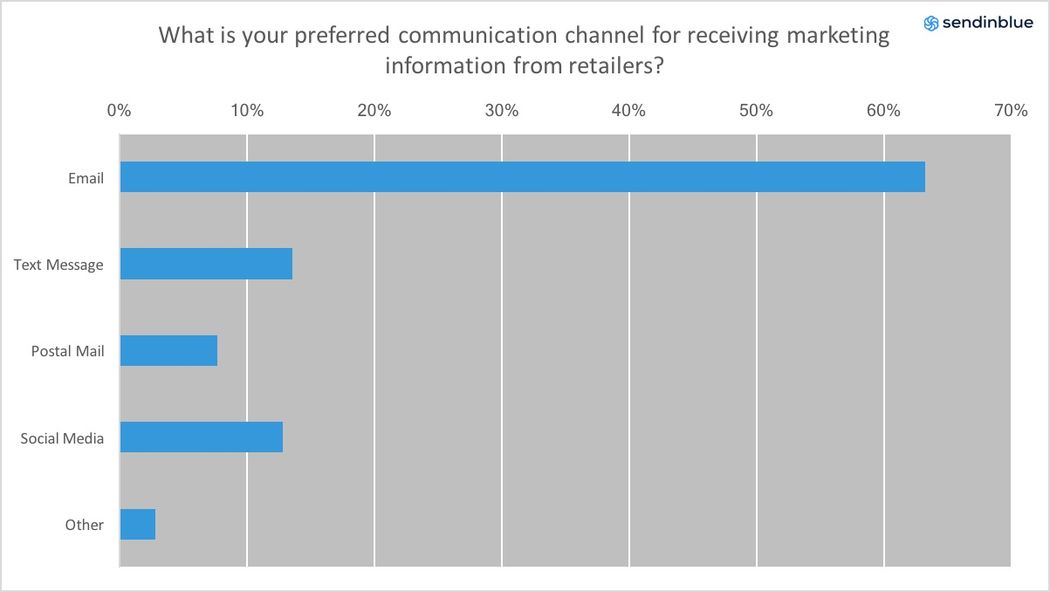
Effective email tactics
- Be mindful of annoying Millennials with too many emails and/or with irrelevant emails. The good news for marketers is that 70 percent of Millennials say they’re fine with retailers tracking their purchasing and browsing behaviors in exchange for better-targeted messaging.(PDF) In other words, Millennials don’t mind sharing their data in order to receive campaigns that better cater to them.
- Money is a huge (and well-documented) concern for many Millennials. Often they feel the crunch of low salaries, high debt, and having to provide for a young family. This means discounts and sales can be especially effective in compelling action.
- This is the first generation to grow up with text messages, and that has impacted Millennials’ use of email: 70 percent believe texting has influenced how they write emails (in fact, most say they even use emojis in work emails). This means you can be a bit more informal with your Millennial-targeted emails. A good example is this campaign from Penguin Random House, which fully embraced the use of emojis.
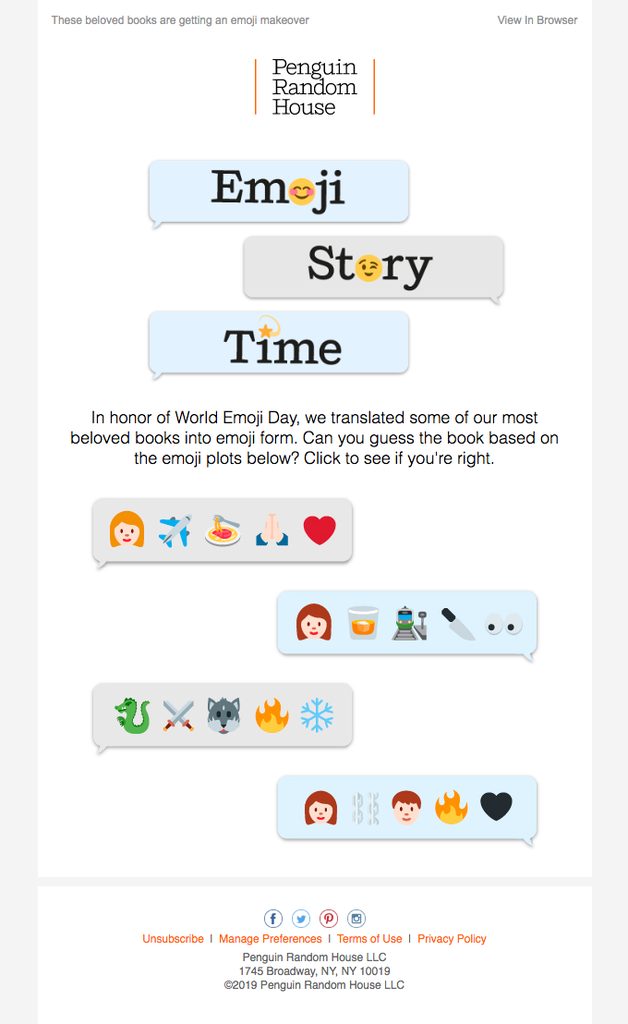
Email marketing to Gen X
The generation
Gen X (age 40-55) is relatively smaller, but punches above its weight: Gen Xers make up 25 percent of the population but take home 31 percent of total U.S. income. Gen Xers are often more settled, with established careers and older kids.
Key behaviors
With all that’s going on in their lives—like demanding jobs and teenage children—Gen Xers have little time to sort through their inboxes: 61 percent say they often ignore email marketing. (PDF)
They’re also pretty set in their digital ways: Members of Gen X are the age group most likely to say that their email use will stay the same over the next five years.
It’s important to remember that Gen Xers are not technophobes—they pioneered many of today’s digital channels and devices—but they have experienced rapid changes in their lifetimes. This means their behaviors tend to differ a bit from Gen Z and Millennials. For example, they remain heavy users of computers: 67 percent have a desktop and 60 percent have a laptop. (PDF)

Effective email tactics
- Members of Gen X are often switching among devices—for example opening emails on their personal phones but clicking through and making a purchase on their work computers—so keep multi-device behavior in mind.
- Gen Xers are most likely to be loyal to brands, with three in five saying that once they find a brand they like, they’ll stick with it. (PDF) So emails that recognize and incentivize loyalty, like VIP or rewards programs, should resonate with them.
- Given their busy lives, one area in particular that tends to appeal to Gen Xers is convenience. For example, 60 percent say free delivery would motivate them to complete an online purchase. Gen X can be enticed if life is made easier; for example, in this campaign from Burton, free premium shipping is put front-and-center.
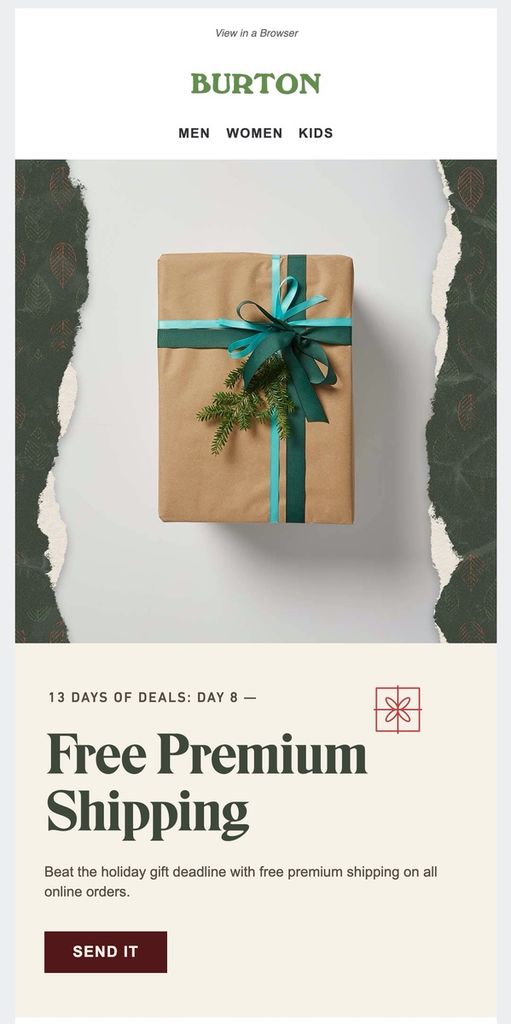
Email marketing to Baby Boomers
The generation
Baby Boomers are the second-largest generation after Millennials: There are an estimated 72 million Baby Boomers in the U.S. While some are retired, many are still working at least part time. Boomers are by no means digital natives, though they are often more tech-savvy than they’re given credit for—the old stereotype of Baby Boomers asking their kids for help with “The Google” no longer applies.
Key behaviors
Baby Boomers tend to have more time and also tend to be more focused when looking at their inboxes: Members of this generation are the least likely to say they are doing other things (like watching TV) while checking email.
Although Gmail tends to dominate with younger consumers, Baby Boomers use a much wider mix of email service providers (e.g., Yahoo, AOL, the free email that came with their cable package, etc.).
It’s important to note that Baby Boomers are not Luddites—in fact, they shop online just as frequently as Millennials. (PDF) However, there are some differences in their behavior: Baby Boomers are more likely than other generations to buy healthcare products, wine, household goods, and appliances online.
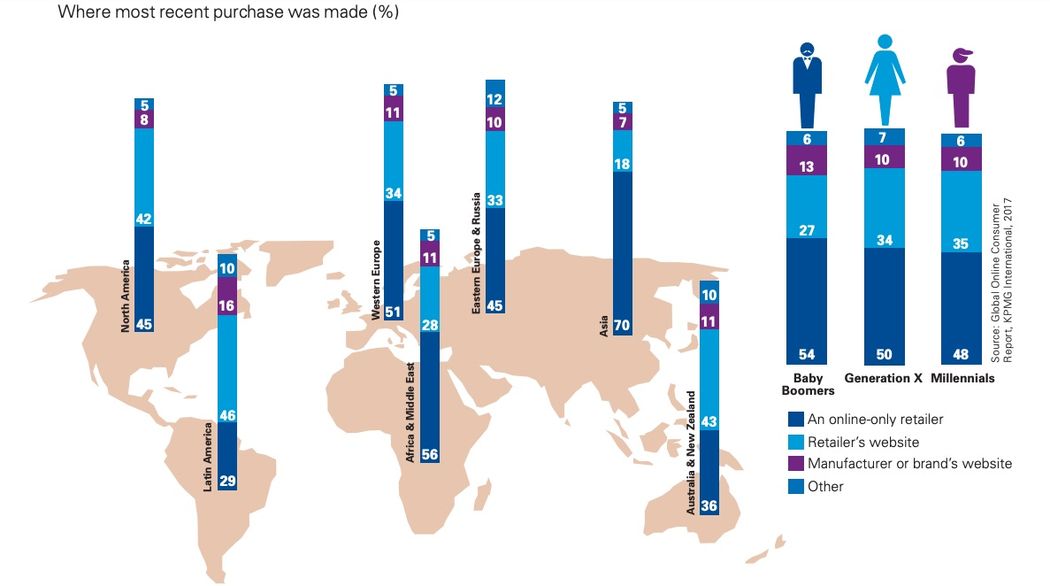
Effective email tactics
- Marketers should be mindful of the fact that Baby Boomers tend to use a wider-range of email service providers. Campaigns developed for a specific platform, like Gmail, may not always display as expected in their inboxes.
- Baby Boomers tend to favor sites they know. That means establishing trust is often essential before trying to nudge them to make a purchase.
- Baby Boomers often take their time: They have the longest purchase consideration phase of any generation. (PDF) And while other generations tend to want visual information that can be consumed quickly, Baby Boomers often like (and have the patience for) longer text explanations. Providing detail is often key with Baby Boomers; for example, in this campaign, Coppola Resorts takes the time to lay out an in-depth travel itinerary.

Key takeaways
While it’s important to understand generational differences as a marketer, that knowledge isn’t particularly useful if you can’t, or don’t, actually target email audiences based on age. And that’s where segmentation comes in. Try sending with different emails specifically crafted for different age segments, and you just might see all of the insights from this article pay off.
Here are some of the most important things to keep in mind when you’re marketing to different generations.
- Be wary of generation clichés. Behavior is often more nuanced than commonly portrayed. For example, Millennials use email a lot and Baby Boomers aren’t afraid to shop online.
- Consider your customers’ time. Remember the youngest and oldest consumers tend to have more time: Gen Z and Baby Boomers are the age groups most likely to pay closer attention to your messages. The middle generations tend to be time crunched: Between work, family, and a lifetime of marketing subscriptions, Millennials and Gen Xers don’t have the bandwidth to deal with irrelevant messages.
- Cater to your target age groups with your email content. Gen Z tends to prefer visual, mobile-first messages; Millennials tend to value targeted offers; Gen X tends to prize convenience; and Baby Boomers tend to value in-depth text explanations.


